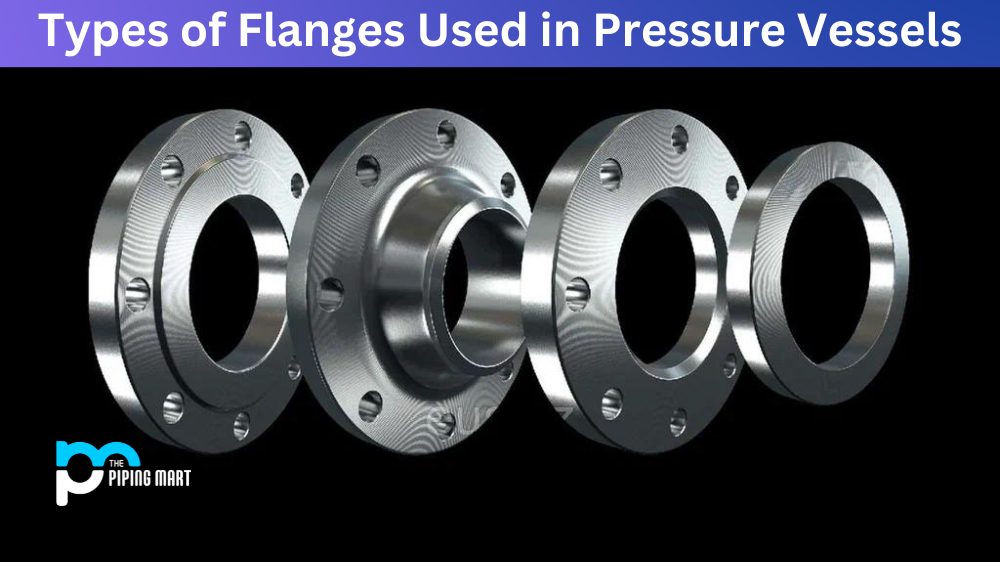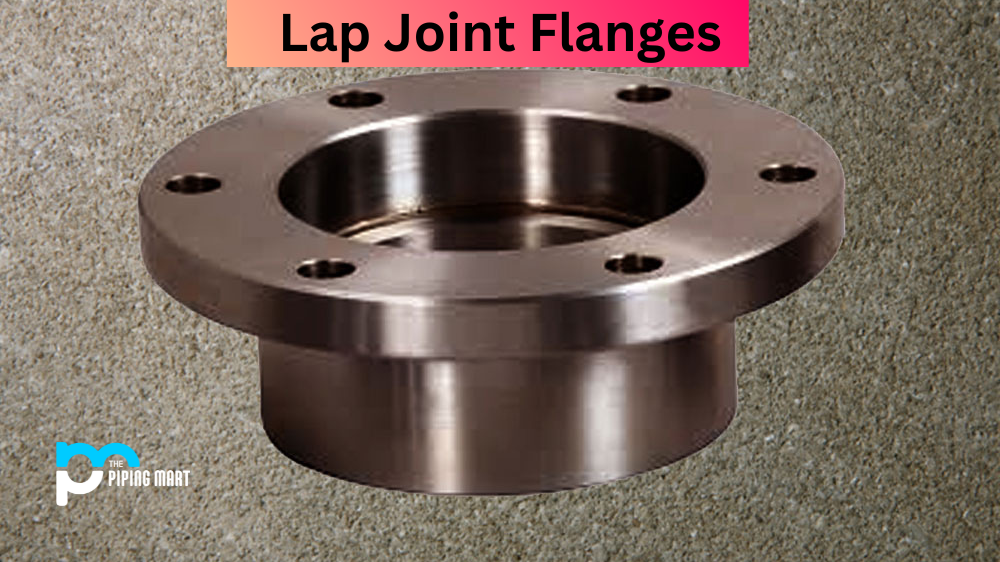Pressure vessels are critical components used to store and transport fluids or gases under high pressure. These vessels play a vital role in the processing and manufacturing industries. The safety and reliability of pressure vessels depend on various factors, including the type of flange used in their construction. Flanges provide the sealing and connection points for multiple components of pressure vessels. This blog will discuss different types of flanges used in pressure vessels and their unique characteristics.
What are Pressure Vessels?
Pressure vessels are specialized containers used to store gases or liquids at pressures higher or lower than the surrounding atmosphere. They play vital roles in oil refining, chemical manufacturing, and power generation industries. These vessels are constructed with materials engineered to withstand the intense pressures they endure. Regular inspections and maintenance are critical to ensure safety and prevent accidents or leaks.
Types of Flanges Used in Pressure Vassels
Welded Neck Flange
Weld neck flanges are commonly used in high-pressure applications because they offer excellent support and strength. The flange’s neck gets welded to the pipe, making it sturdy and resistant to deformation. The bolt holes around the neck ensure an even pressure distribution. Weld neck flanges are expensive due to the welding process, but they are most suitable for high-stress conditions.
Slip-On Flange
Slip-on flanges have the lowest installation cost due to their simple design. These flanges slide onto the pipe, and the backside of the flange gets welded to the line. Slip-on flanges offer less strength than weld neck flanges but are ideal for low-pressure applications such as water pipelines. Slip-on flanges are not recommended in applications with high mechanical loads.
Lap Joint Flange
Lap joint flanges consist of a stub and a loose backing flange. The stub end gets welded to the pipe, while the flexible backing flange can rotate, providing easy alignment during assembly. Lap joint flanges are suitable for low-pressure applications where frequent dismantling is required. These flanges are less expensive than weld neck flanges and offer flexibility in misalignment or thermal expansion applications.
Threaded Flange
Threaded flanges are similar to slip-on flanges, but they have threads on the inside surface of the bore, allowing easy connection of pipes without welding. These flanges are perfect for low-pressure applications such as air or gas pipelines. Threaded flanges are easy to install and dismantle, making them ideal for applications requiring frequent maintenance.
Blind Flange
Blind flanges seal off the end of a pipe or vessel. These flanges do not have a bore and are used as a barrier to prevent fluid or gas leakage. Blind flanges are available in various sizes, materials, and ratings. These flanges are suitable for use in pressure vessels that require periodic maintenance.
Conclusion
Flanges play a significant role in the safety and reliability of pressure vessels. Different types of flanges have unique characteristics suitable for various applications. Factors such as pressure, temperature, cost, and installation method should be considered when selecting the appropriate flange for a pressure vessel. Engineers can design and maintain safe and efficient pressure vessels by understanding the different types of flanges.

Hey, I’m Krutik, a casual blogger expert in the metal industry. I am passionate about providing valuable information to my readers. With a background in engineering and construction, I like playing Cricket & watching Netflix shows in my free time. Thank you for visiting my blog, and I hope you find my information helpful!




